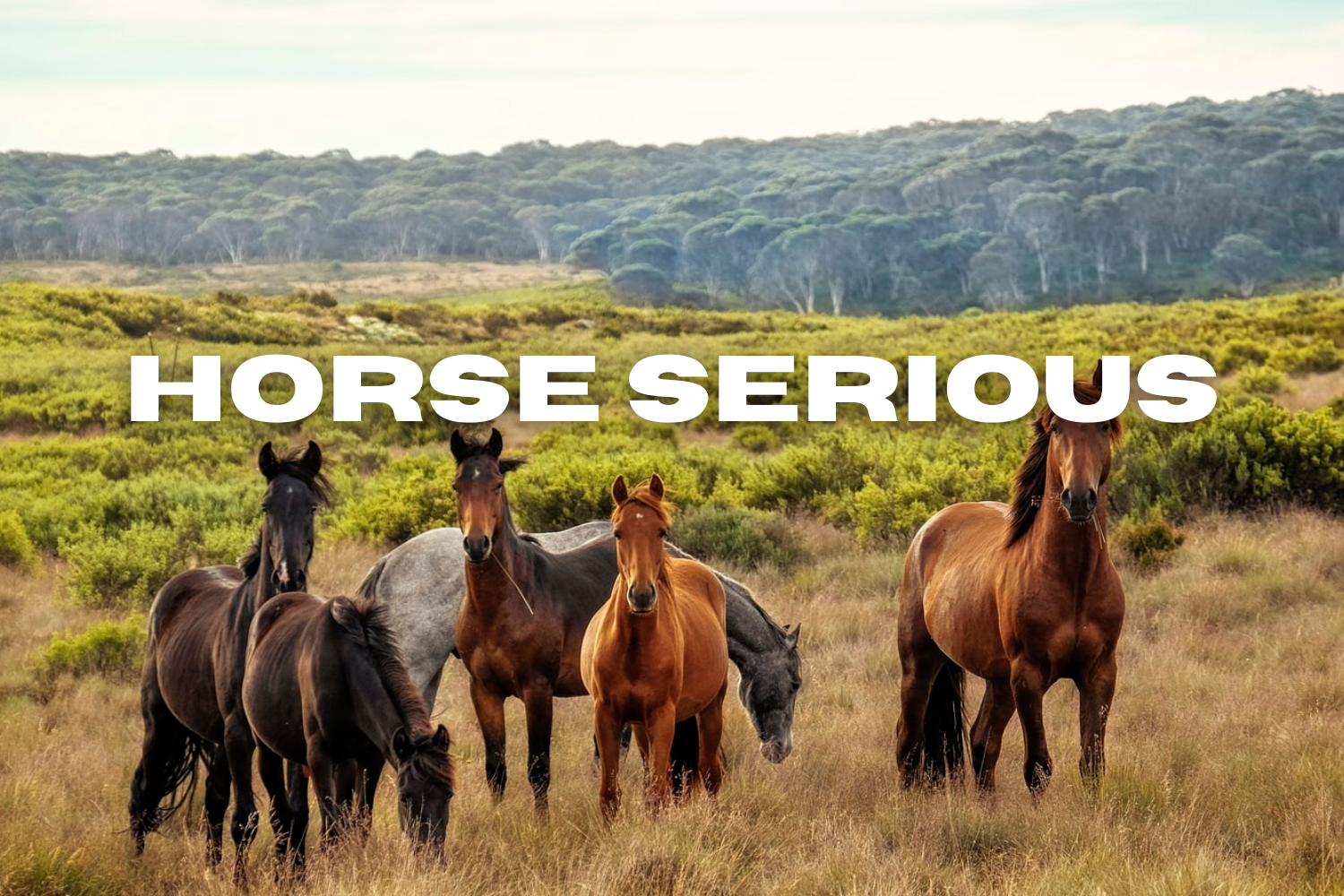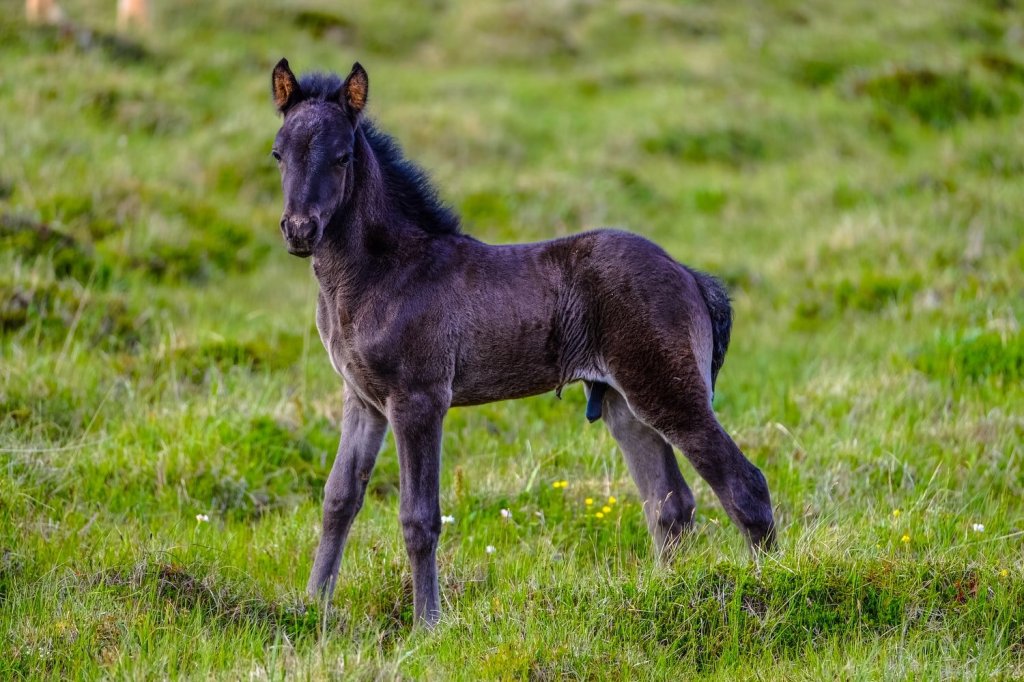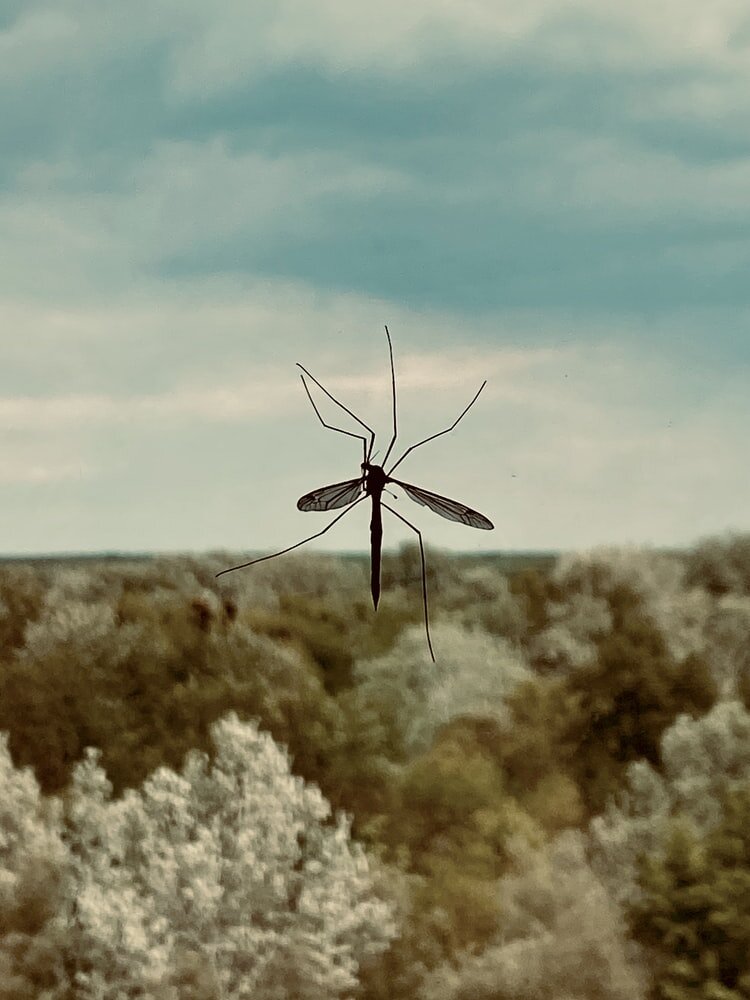California Department of Agriculture confirms that another horse has contracted the West Nile Virus.
The 2-year-old filly at Kings Country facility is said to have caught the West Nile Virus. The filly in question, was unvaccinated for WNV, and experienced clinical symptoms on August 19th. This isn’t the first horse to have had a positive diagnosis either.
Four horses all over California, including Fresno Country, Merced County and Sacramento County, caught the West Nile Virus. Four of the horses were unvaccinated and one was vaccinated. Four horses were able to survive while one died. The fifth horse, the 2-year-old filly is still said be alive and recovering.
https://pagead2.googlesyndication.com/pagead/js/adsbygoogle.js?client=ca-pub-3762802995754264
(adsbygoogle = window.adsbygoogle || []).push({});
What Is The West Nile Virus?
WNV is a type of RNA virus that causes a type of fever. The severity of symptoms vary from horse to horse, but can be deadly. It is often transmitted through infected mosquitos. Once an infected mosquito feeds on an animal or human, the virus can be passed on.
Symptoms of West Nile Virus In Horses:
Symptoms vary in severity, but it often looks like this:
-
Mild anorexia and loss of appetite
-
Depression
-
Coarse muscle and skin fasciculation
-
Hypersensitivity to sound and touch
-
Changes in mentality – can appear to be “out of it”
-
Drowsiness
-
Propulsive walking – pushing forward, often without control
-
Weakness to spine and joints
How To Treat West Nile Virus in Horses
There is no cure to WNV. However, some horses will recover with the right care. The mortality rates are about 30-40% and it is strongly advised that horses be vaccinated annually against all core diseases.
Source – Vladislav Balakshii | @balakshii
https://pagead2.googlesyndication.com/pagead/js/adsbygoogle.js?client=ca-pub-3762802995754264
(adsbygoogle = window.adsbygoogle || []).push({});


